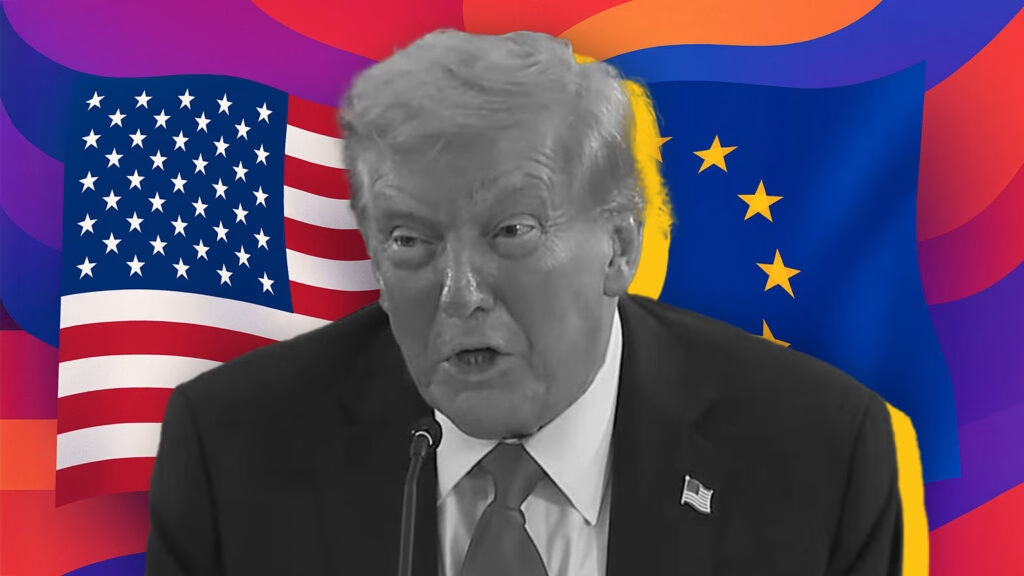How Will the New US-EU Tariff Deal Affect European Car Buyers and Automakers?
If you’ve been following the rollercoaster of US-EU trade relations, you know it’s been a wild ride for European carmakers. After months of uncertainty, there’s finally some good news: US tariffs on European cars are dropping to 15 percent, retroactive to August 1. For anyone eyeing a new BMW or Mercedes—or just curious about the global auto market—this is a big deal.
Let’s break down what this means for automakers, car buyers, and the broader economy.
Why Were Tariffs Raised in the First Place?
Tariffs between the US and EU have always been a bit of a chess match. For years, European cars faced a relatively mild 2.5 percent US import tariff. That changed dramatically when the US administration hiked tariffs to 27.5 percent, with threats of pushing them even higher—up to 30 percent—across a range of industries.
The move was intended to pressure the EU into opening its markets to more US goods, but it hit European automakers hard. Brands like BMW, Mercedes-Benz, and Volkswagen suddenly found their US-bound vehicles thousands of dollars more expensive overnight. The result? Squeezed profits, delayed shipments, and a lot of nervous executives.
What’s in the New Tariff Deal—and Who Benefits Most?
The latest agreement, reached in late July, marks a significant shift. The US will now apply a 15 percent tariff on European vehicles, and this rate is retroactive—meaning automakers can claim refunds on tariffs paid since August 1. That’s a rare win in trade negotiations.
But there’s a catch: the EU must start importing more US goods, including energy, agricultural products, and industrial goods. In fact, the EU has committed to buying $750 billion worth of US energy supplies through 2028, plus at least $40 billion in AI chips and a substantial increase in US military equipment. It’s a sweeping package, designed to balance the scales.
For European automakers, this is a sigh of relief. After months of storing unsold cars at ports and recalculating profit margins, they can now plan for a more stable US market. According to the European Automobile Manufacturers Association, the US is the largest non-European export market for EU-made cars, accounting for over 1.2 million vehicles shipped annually. Even a 10 percent tariff reduction can mean hundreds of millions in savings.
Will Car Prices Drop for US Buyers?
Here’s the question on every car enthusiast’s mind: will this actually make European cars cheaper in the US? The answer is… probably, but don’t expect overnight miracles.
Automakers typically set prices months in advance, and some of the tariff savings may go toward recouping losses from the past year. Still, with the lower tariff now retroactive, there’s real potential for price adjustments—especially on high-volume models like the BMW 3 Series or Mercedes-Benz C-Class.
Dealerships may also offer more aggressive incentives as inventory freed from port storage finally hits showrooms. If you’re in the market for a new European car, keep an eye out for deals in the coming months.
What About Other Industries—Who Lost Out?
Not everyone is celebrating. The EU’s wine and spirits industry, which exports around $9 billion in products to the US each year, was hoping for a similar break. Instead, tariffs on European wines and spirits remain unchanged. For small producers in France, Italy, and Spain, that’s a bitter pill to swallow.
This uneven outcome highlights the complexity of trade negotiations. While automakers got a lifeline, other sectors are still waiting for relief. It’s a reminder that every trade deal creates winners and losers—and the political calculus can be brutal.
How Does This Impact the Broader US-EU Relationship?
Beyond cars and cheese, this deal signals a thaw in transatlantic relations. The EU’s promise to ramp up imports of US energy, AI chips, and military equipment is a clear nod to Washington’s priorities. In return, the US is easing up on tariffs that were starting to feel like a trade war.
Experts say this could set the stage for deeper cooperation in tech and defense. According to a recent report from the Peterson Institute for International Economics, cross-Atlantic trade already supports over 16 million jobs. By lowering barriers, both sides are betting on growth—albeit with some tough compromises.
What Should Businesses and Consumers Watch for Next?
If you’re a business leader, now’s the time to reassess your supply chains and pricing strategies. The retroactive tariff reduction could mean significant refunds, but it also comes with new obligations to source more US goods. Staying nimble will be key.
For consumers, the best advice is to watch the market closely. As the new tariffs filter through the system, expect some volatility in pricing and availability—especially for popular models. And if you’re in the wine or spirits business, it might be time to lobby for the next round of negotiations.
The big takeaway? Trade deals like this aren’t about perfection—they’re about smarter adjustments. Start with one change this week, and you’ll likely spot the difference by month’s end.

